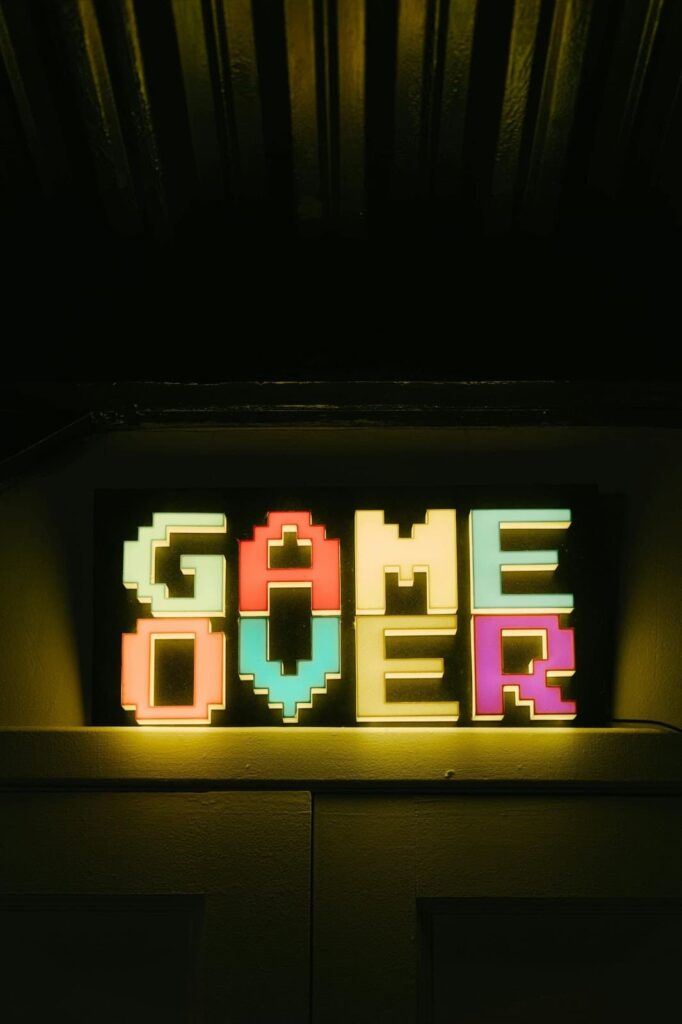Game design is a fascinating world where every visual decision can shape the player’s experience. One of the biggest choices developers face is whether to go with 2D or 3D graphics. But which is better? The answer is far from simple. It depends on the game’s purpose, the target audience, and the developer’s vision. Let’s dive into both styles, their strengths and weaknesses, and how to decide which one fits your game best.
The Strengths and Weaknesses of 2D and 3D
Both 2D and 3D styles have unique advantages and challenges. Some games thrive with a flat, illustrated aesthetic, while others shine with immersive three-dimensional worlds.
2D Graphics: Timeless and Efficient
2D game art has been around since the early days of gaming, from arcade classics to modern indie hits. It relies on hand-drawn or digitally created sprites, often emphasizing stylized visuals and simplicity.
Pros of 2D:
- Easier and faster to develop – Fewer technical hurdles compared to 3D modeling.
- Lower production costs – Perfect for indie developers with smaller budgets.
- Timeless appeal – Classic pixel art and hand-drawn styles never go out of fashion.
- Stronger artistic control – More flexibility in crafting unique visuals.
- Better for casual and mobile games – Works well for quick, engaging experiences.
Cons of 2D:
- Limited depth and immersion – Can’t provide the same level of realism as 3D.
- Less dynamic movement – Animations can feel restricted.
- Harder to stand out – Many indie games use 2D, making competition fierce.
3D Graphics: Immersive and Versatile
3D games create fully modeled worlds that allow for greater depth, realism, and fluid animation. From first-person shooters to open-world adventures, 3D has become the industry standard for many genres.
Pros of 3D:
- Highly immersive – Brings characters and environments to life.
- More freedom in movement – Enables dynamic camera angles and interactions.
- Better suited for VR and AR – Essential for cutting-edge gaming experiences.
- Greater potential for realism – Perfect for genres like simulation and RPGs.
- Longevity – 3D models can be repurposed for future projects or remastered.
Cons of 3D:
- Higher development cost – Requires advanced modeling, rigging, and animation.
- More resource-intensive – Demands powerful hardware for smooth performance.
- Longer production time – Creating and refining models takes significantly more effort.
Comparison Table
| Feature | 2D Games | 3D Games |
|---|---|---|
| Development Time | Faster | Slower |
| Cost | Lower | Higher |
| Immersion | Moderate | High |
| Artistic Flexibility | High | Medium |
| Performance | Lightweight | Demands more hardware power |
| Popularity | Strong in indie and mobile games | Dominates AAA titles and VR |
Which One Should You Choose?
So, how do you pick the right style for your game? Here are some key considerations:

- Game Genre – Platformers, puzzle games, and casual titles often work better in 2D, while RPGs, shooters, and simulations shine in 3D.
- Budget and Team Size – If you’re a solo developer or a small team, 2D is often the more practical choice.
- Aesthetic and Artistic Vision – Do you want a nostalgic pixel-art look or a modern, realistic world?
- Target Audience – Some players prefer the simplicity of 2D, while others expect immersive 3D environments.
- Technical Limitations – Consider whether your game needs to run smoothly on mobile devices or high-end PCs.
The Hybrid Approach: Best of Both Worlds?
Some developers blend 2D and 3D to create striking visuals and unique gameplay mechanics. A good example is the 2.5D style, where characters and objects are 2D but move within a 3D world. Games like Octopath Traveler and Hollow Knight use this hybrid approach beautifully, proving that innovation lies beyond the traditional 2D vs. 3D debate.
It’s About Vision, Not Just Technology
Choosing between 2D and 3D isn’t just about technical constraints; it’s about what kind of experience you want to create. A beautifully drawn 2D game can be just as powerful as a meticulously crafted 3D world. What matters most is how well the visuals support the gameplay and storytelling.
Instead of asking, “Which is better?” the real question should be: Which art style will best bring my game to life?
FAQs
Why do some modern games still use 2D when 3D technology is available?
Because 2D offers artistic flexibility, a timeless aesthetic, and lower development costs, making it ideal for indie games.
Can I mix 2D and 3D elements in the same game?
Yes! Many games use 3D backgrounds with 2D sprites or adopt a 2.5D style for unique visual effects.
Which art style is better for VR gaming?
3D is essential for VR because it allows full immersion, realistic depth perception, and interactive environments.

